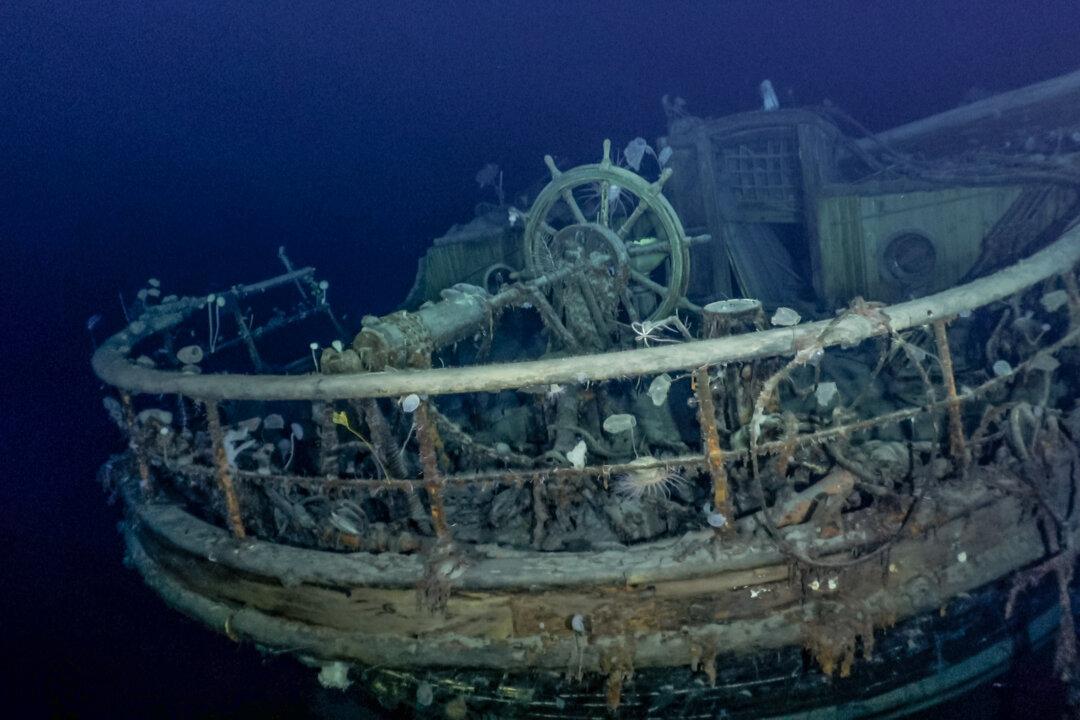Commentary
In a notable article published on the Forbes, Paolo Gallo, who writes about leadership issues, has argued that “The time has come to change our model of heroism.” Specifically, he argues that “being a hero is no longer a mythical classification reserved for ... a few legendary men and women, or worse still, peacocks who spend all their time strutting in front of the mirror or under the spotlight.” For him, a person is a hero if he or she acts with dignity and compassion in their everyday lives.





